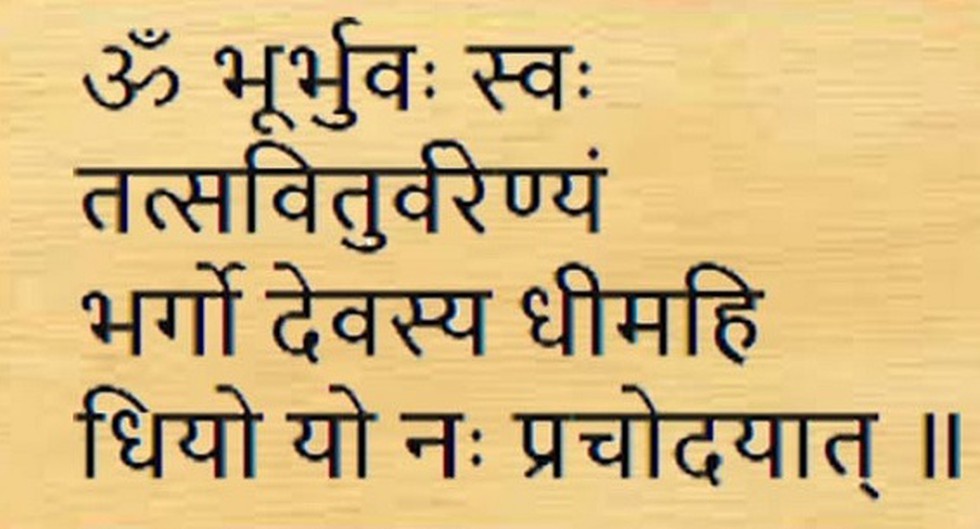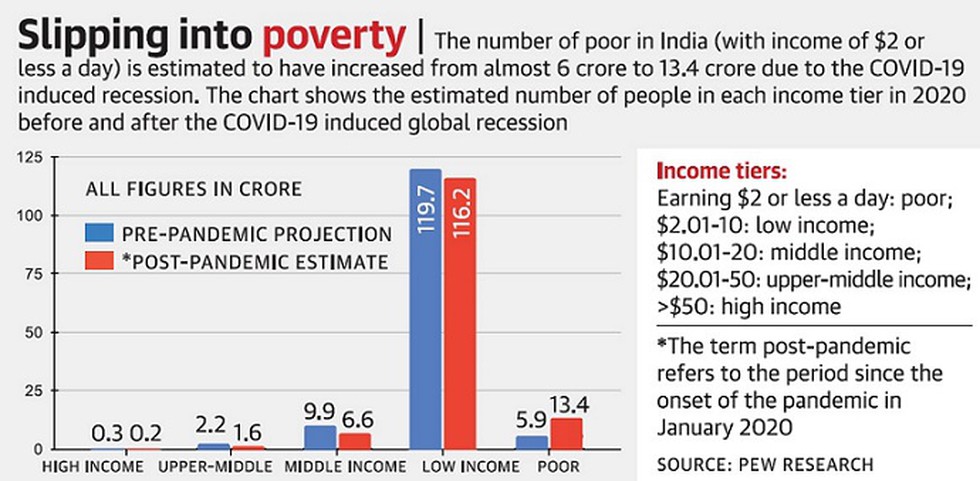THE CONSTITUTION (SCHEDULED CASTES) ORDER (AMENDMENT) BILL, 2021 & MORE ( CURRENT AFFAIRS 20 MARCH 2021)
THE CONSTITUTION (SCHEDULED CASTES) ORDER (AMENDMENT) BILL, 2021
The Lok Sabha passed The Constitution (Scheduled Castes) Order (Amendment) Bill, 2021 that seeks to put seven castes under one nomenclature of “Devendrakula Vellalars” with some exceptions for some of the castes in certain districts of Tamil Nadu.

About:
- The castes include Devendrakulathan, Kadaiyan, Kalladi, Kudumban, Pallan, Pannadi and Vathiriyan.
- The State government had earlier accepted a recommendation of a committee to reclassify the seven sub sects under the generic name ‘Devendrakula Velalar’ and forwarded it to the Centre.
- The change in nomenclature was a long pending demand of the community and did not involve either the deletion or addition of any community in its ambit.
- The reason why a whole new addition was not made to the Scheduled Castes list was to ensure that old caste certificates issued to these communities under the old name not be rejected.
MMDR AMENDMENT BILL
Lok Sabha passed the Mines and Minerals (Development and Regulation) Amendment Bill, 2021 to streamline the renewal of the auction process for minerals and coal mining rights.

About:
- The amendment proposes to allow captive miners of both coal and other minerals to sell up to 50 per cent of their production after meeting the requirements of the end-use plant and on paying additional royalty to the state government.
- Operators are currently only allowed to use coal and minerals extracted from captive mines for their own industrial use. This increased flexibility would allow miners to maximise output from captive mines as they would be able to sell output in excess of their own requirements.
- The amendment also proposes to fix additional royalty payments to states for the extension of mining leases for central public sector enterprises.
- The Bill also proposes to empower the central government to conduct auctions or re-auction processes for the grant of a mining lease if a state government fails to complete the auction process in a specified period, decided after consultations between the Centre and state.
GLOBAL HUNGER INDEX
Union Minister for Agriculture questioned in the Rajya Sabha the methodology and data accuracy of the Global Hunger Index (GHI) report, which has placed India at 94th among 107 countries in 2020.

About:
- The Minister said the government had written to the NGO, Welthungerhilfe, which compiles the report, expressing concerns about their methodology, data accuracy and sample size.
- India’s ranking had improved from 102 in 2019 to 94 in 2020. But still, India was ranked below countries such as Nepal, Bangladesh and Myanmar.
NFHS-4 vs CNNS of 2017-18
- According to the National Family Health Survey (NFHS)-4, the percentage of wasted, stunted and malnourished children in 2015-16 stood at 21, 38.4 and 35.7, respectively.
- Compared to NFHS-4 data, the Comprehensive National Nutrition Survey (CNNS) of 2017-18 showed an improvement of 4%, 3.7% and 2.3% in wasted, stunted and malnourished children respectively.
- The first-ever CNNS was commissioned by the government in 2016 and was conducted from 2016-18, led by the Union Health Ministry, in collaboration with the UNICEF. The findings were published in 2019.
- CNNS includes only nutrition data, whereas NFHS encompasses overall health indicators.
TIGER
Six tigers — four adults and two sub-adults — have been unaccounted for since March 2020 in the Ranthambore tiger sanctuary, Rajasthan. However, State forest officials are not willing to label them “missing” and denied reports that they may have been poached.

About:
- The National Tiger Conservation Authority, a wing of the Union Environment Ministry, has constituted a committee to ascertain the disappearance of the tigers.
- The Ranthambore Reserve is the only source of tigers in the territory with about 53 tigers constituting over 90% of the population in this block, as per the latest census made public last year.
- India has 2,967 tigers, a third more than in 2014, according to results of a census made public on July 29 last year. Ranthambore, according to this exercise, had 55 tigers.
- Madhya Pradesh has the highest number of tigers at 526, closely followed by Karnataka (524) and Uttarakhand (442).
- Chhattisgarh and Mizoram saw a decline in tiger population and all other States saw an increase.
GĀYATRĪ MANTRA
The Department of Science and Technology (DST) has funded a clinical trial at the All India Institute of Medical Sciences (AIIMS), Rishikesh, to determine if the chanting of the Gayatri Mantra, a religious hymn, and performing the Yoga practice of pranayama, can aid the quality of recovery as well as cure COVID-19 quicker in a subset of patients.

About:
- The latest study, however, will not test the effect of the intervention on severely ill patients. It will evaluate whether there are differences in the groups on the time taken to test negative, and the length of hospital stay.
- They will also be evaluated on whether they have reduced fatigue and anxiety disorder.
IMPACT OF COVID ON POVERTY
India’s middle class may have shrunk by a third due to 2020’s pandemic-driven recession, while the number of poor people — earning less than ₹150 per day — more than doubled, according to an analysis by the Pew Research Center.

About:
- In comparison, Chinese incomes remained relatively unshaken, with just a 2% drop in the middle class population, it found.
- The report uses World Bank projections of economic growth to estimate the impact of COVID-19 on Indian incomes. The lockdown triggered by the pandemic resulted in shut businesses, lost jobs and falling incomes, plunging the Indian economy into a deep recession.
- The middle class in India is estimated to have shrunk by 3.2 crore in 2020 as a consequence of the downturn, compared with the number it may have reached absent the pandemic, defining the middle class as people with incomes of approximately ₹700-1,500 or $10-20 per day.
- Meanwhile, the number of people who are poor in India (with incomes of $2 or less a day) is estimated to have increased by 7.5 crore because of the COVID-19 recession. This accounts for nearly 60% of the global increase in poverty
- It also noted the record spike in MGNREGA participants as proof that the poor were struggling to find work.
Comments
Post a Comment